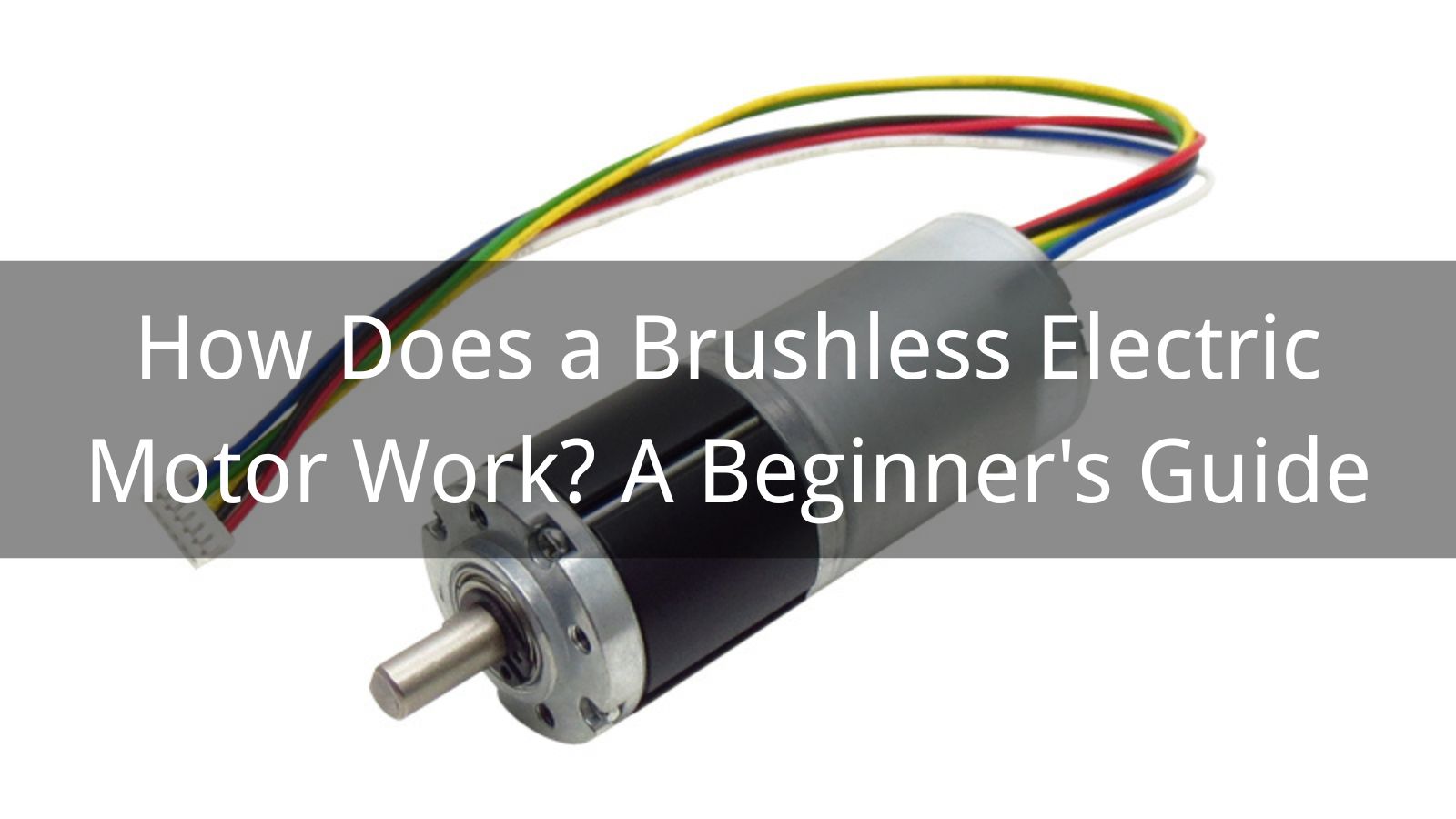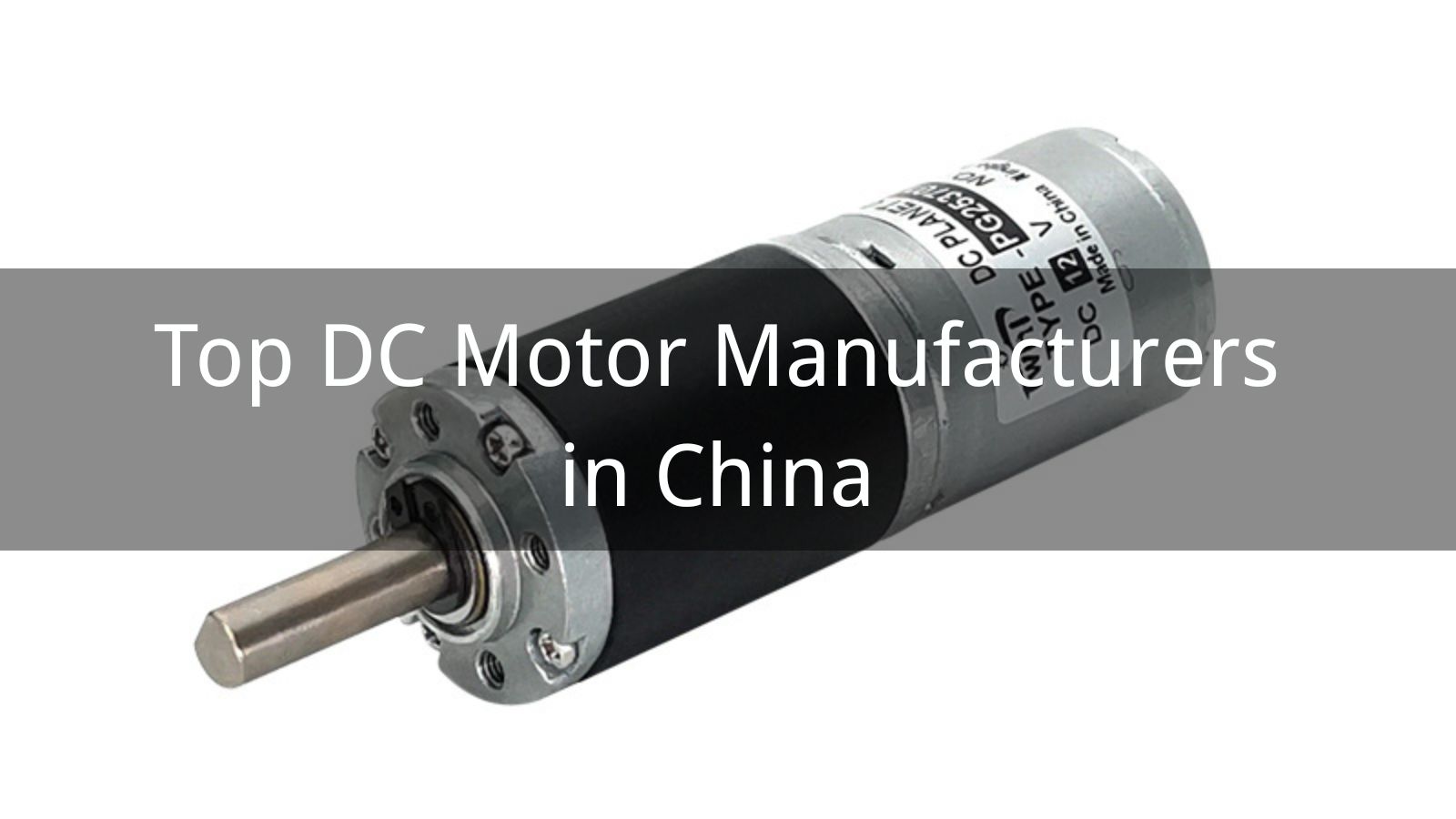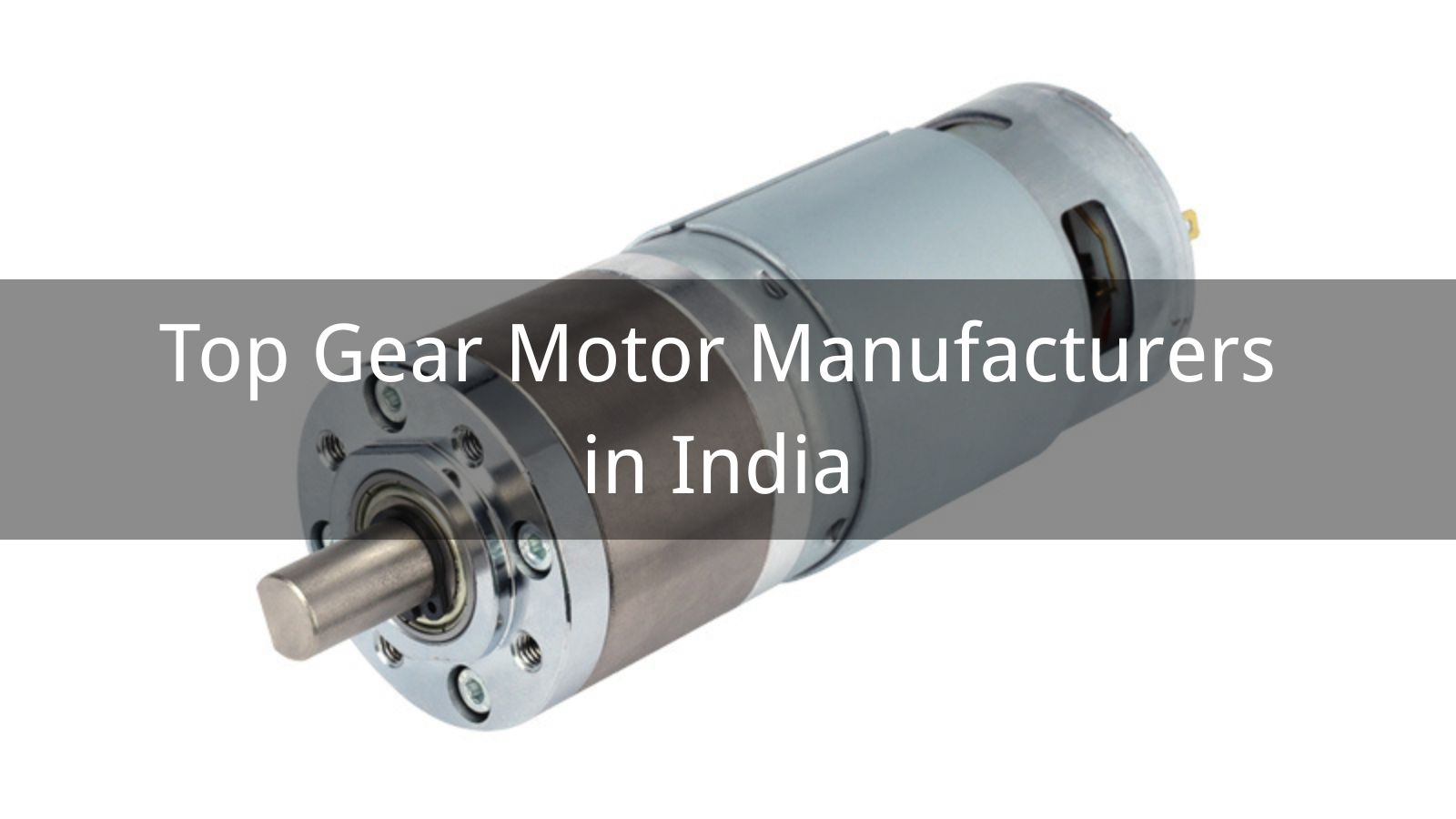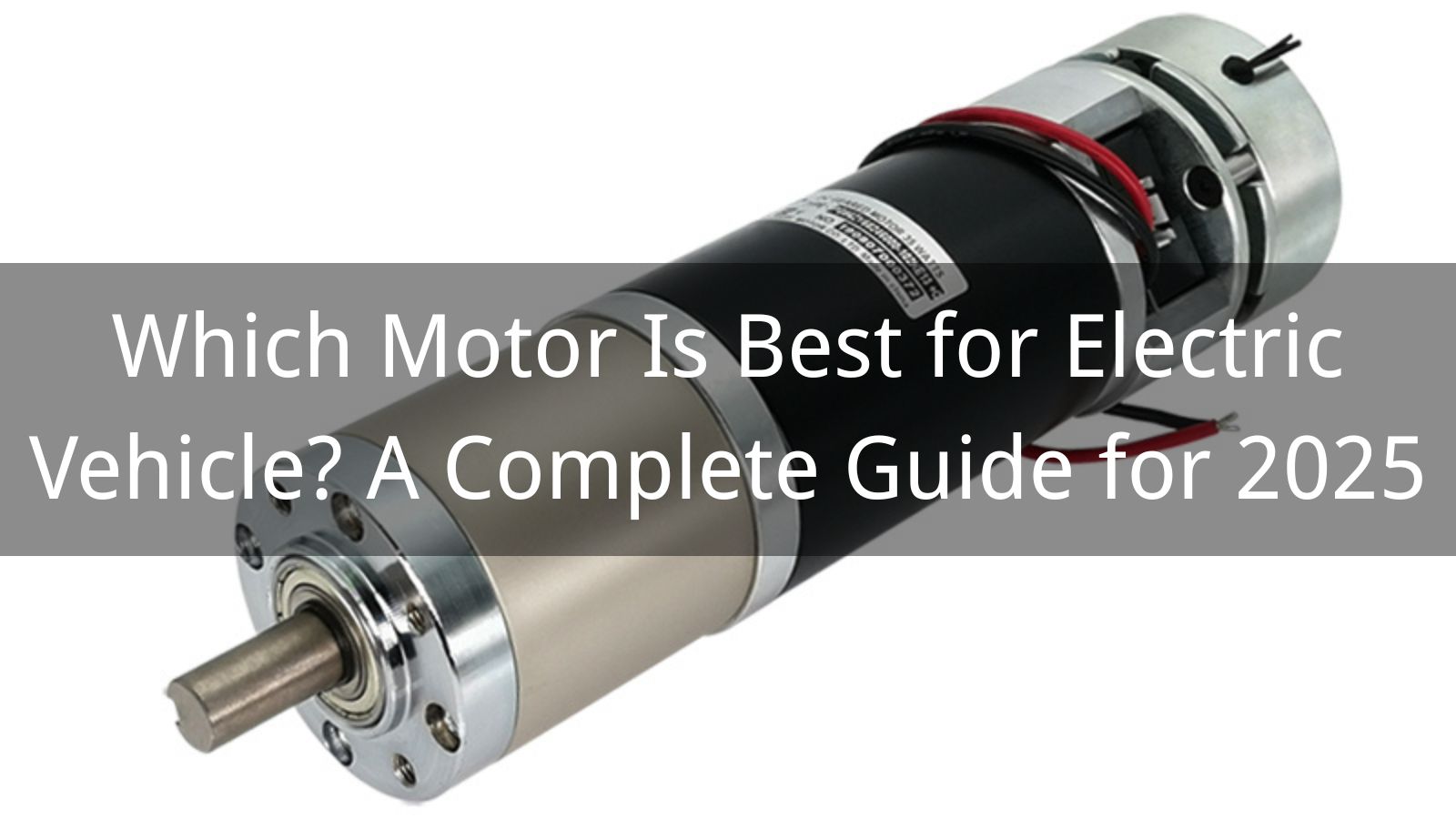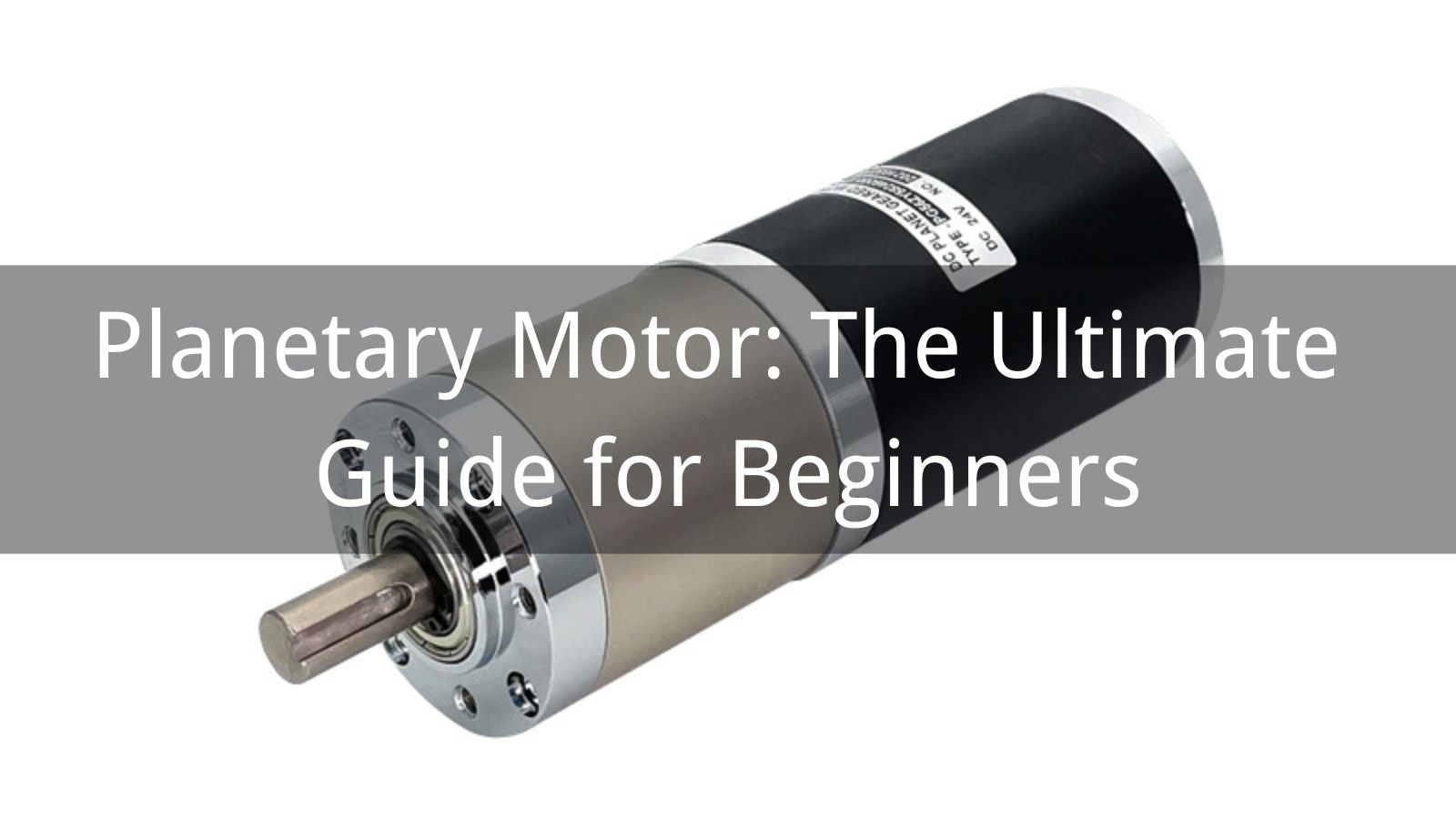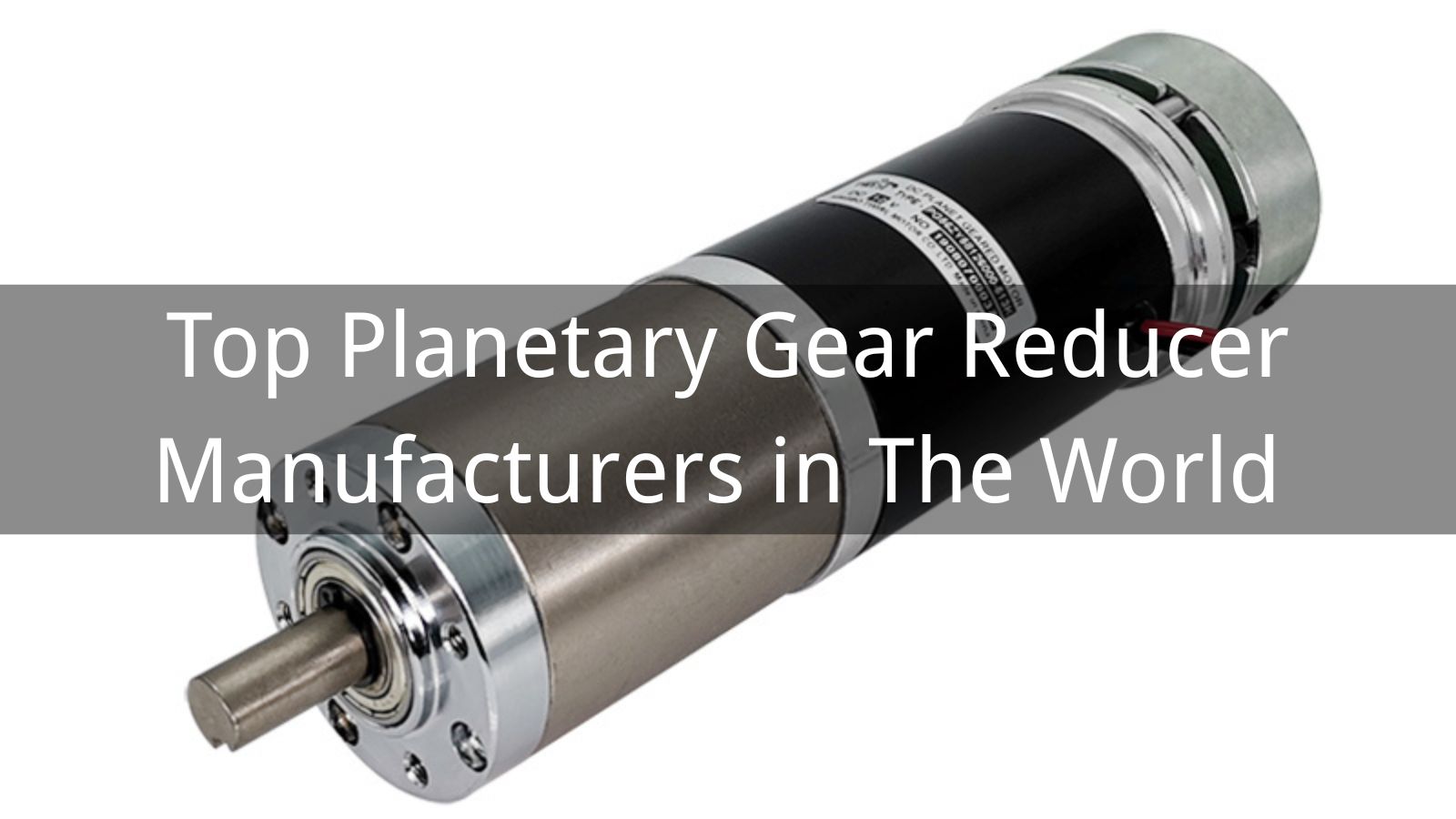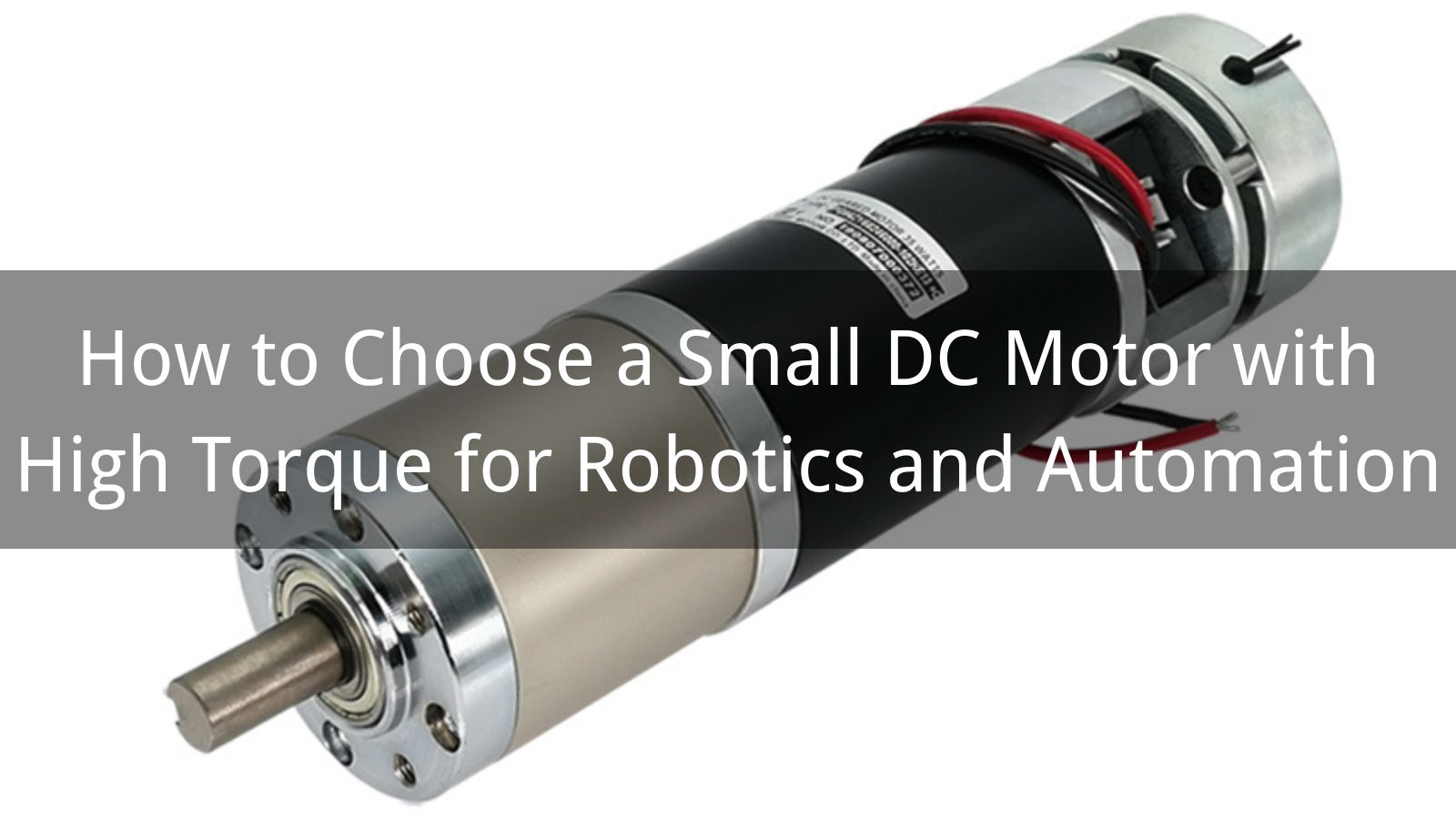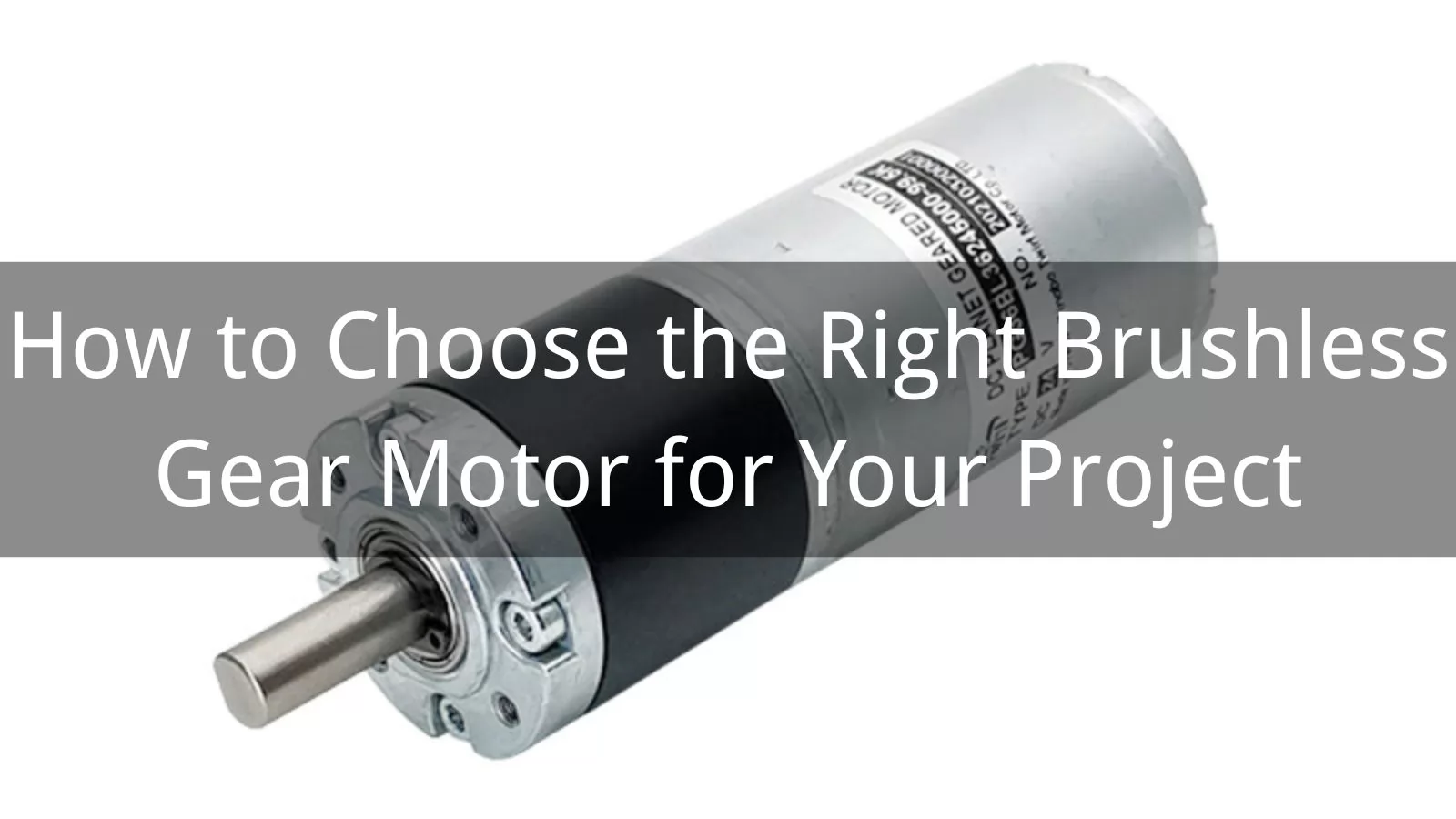
Choosing the right brushless gear motor is a crucial step for engineers, manufacturers, and project managers who want reliable motion control and energy efficiency. Unlike traditional brushed motors, a brushless DC gear motor delivers higher performance, longer lifespan, and reduced maintenance, making it ideal for applications ranging from robotics and medical devices to industrial automation. However, with different torque, speed, and voltage options available, selecting the best fit can be challenging.
This guide explains what a brushless gear motor is, key factors to consider, and how to compare different types for your specific project. By understanding these essentials, you can make an informed decision and ensure your system runs smoothly and efficiently.
A brushless gear motor, also called a BLDC gear motor, combines a brushless DC motor with a precision gearbox to deliver controlled torque and speed. Unlike traditional brushed motors, it eliminates brushes, reducing friction, noise, and maintenance while improving efficiency and service life. The integrated gearbox allows the motor to handle higher torque loads at lower speeds, making it ideal for robotics, automation equipment, medical devices, and electric vehicles.
Because of its compact design and high reliability, a brushless gear motor is widely chosen for projects that demand energy efficiency, durability, and smooth operation.
Brushless gear motors deliver higher efficiency compared to brushed motors, reducing energy loss and heat generation. This makes them ideal for projects that require long operating hours, ensuring better performance and lower electricity costs.
Without brushes that wear out, brushless gear motors have a significantly longer service life. Their robust design minimizes maintenance, making them reliable for industrial automation, robotics, and continuous-use applications where downtime must be avoided.
Brushless DC gear motors provide powerful torque in a compact form factor. This advantage is crucial for applications like drones, medical devices, and robotics, where space is limited but performance demands remain high.
A brushless gear motor runs more smoothly with reduced noise and vibration compared to traditional brushed models. This feature is especially important for medical equipment, laboratory devices, and home automation projects where silence and precision matter.
Brushless gear motors work seamlessly with advanced controllers, offering precise speed and torque regulation. This allows engineers to optimize performance for demanding projects, from robotics arms to conveyor systems, ensuring accuracy and consistency.
When selecting a brushless gear motor for your project, several key factors determine performance and reliability. First, evaluate torque and speed requirements to ensure the motor delivers the right power for your application. Consider the voltage and power ratings to match your system’s supply. Size and weight are also critical, especially in robotics and compact devices. Efficiency and heat management play a major role in extending lifespan and preventing performance issues.
Finally, review available control options, such as drivers and controllers, to achieve precise operation. By balancing these elements, you can choose the right brushless DC gear motor that meets both technical needs and budget.
Brushless gear motors are widely used across industries thanks to their efficiency, reliability, and long service life. In robotics and automation, they provide precise torque and speed control, enabling smooth motion in robotic arms and conveyor systems. In medical devices, brushless gear motors ensure quiet operation and consistent performance in equipment like pumps and imaging systems. The aerospace and drone industry relies on them for lightweight power solutions with high efficiency.
They are also popular in electric vehicles and e-bikes, where energy savings and durability are critical. For industrial machinery, brushless DC gear motors reduce downtime and maintenance costs. These versatile applications highlight why choosing the right brushless gear motor is essential for modern projects.

Many buyers overlook the correct torque and RPM ratings when choosing a brushless gear motor. This mistake can lead to underpowered systems, poor efficiency, and even premature motor failure, especially in demanding applications.
Selecting a brushless gear motor without matching voltage and power supply often causes performance issues. Always verify compatibility with your project’s power system to avoid overheating, inefficiency, or unnecessary energy loss.
In robotics, drones, and compact devices, space is critical. Choosing a bulky brushless gear motor may cause design limitations or imbalance. Ensure the motor’s dimensions and weight fit seamlessly with your project requirements.
Many users select the cheapest brushless gear motor available, ignoring long-term efficiency and durability. Investing in a quality motor reduces maintenance costs, downtime, and energy consumption, ultimately saving money over time.
Without the correct driver or controller, a brushless gear motor cannot operate at peak performance. Poor control systems may lead to unstable speeds, reduced torque, or overheating. Always pair motors with compatible controllers.
Brushless gear motors are known for their durability and efficiency, but proper maintenance is essential to maximize performance and lifespan. Regularly check for dust, vibration, or unusual noise, as these can affect motor efficiency. Ensure adequate cooling and avoid overloading, since overheating reduces longevity. Using the right controller and voltage supply also prevents premature wear.
Compared with brushed motors, a brushless gear motor requires minimal upkeep, but periodic inspections help maintain reliability in robotics, automation, and industrial applications. By following simple preventive steps, you can extend the service life of your brushless gear motor and lower long-term costs.
Selecting the right brushless gear motor is crucial for ensuring efficiency, durability, and reliable performance in your project. By carefully evaluating torque, speed, voltage, and application requirements, you can achieve the perfect balance between cost and performance. Whether used in robotics, automation, or industrial machinery, a high-quality brushless DC gear motor offers long service life with minimal maintenance. Understanding the differences between brushed and brushless gear motors also helps you make informed decisions.
For businesses aiming to enhance productivity and reduce downtime, investing in the right motor is a smart choice. Contact our team today to explore customized brushless gear motor solutions tailored to your needs.
